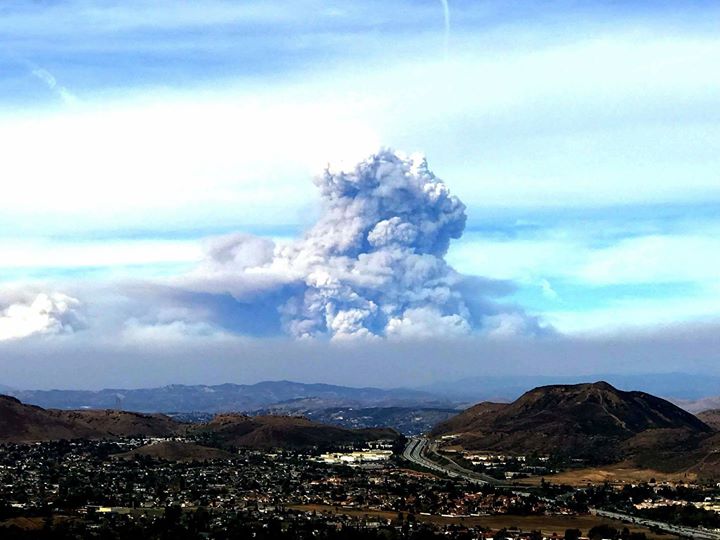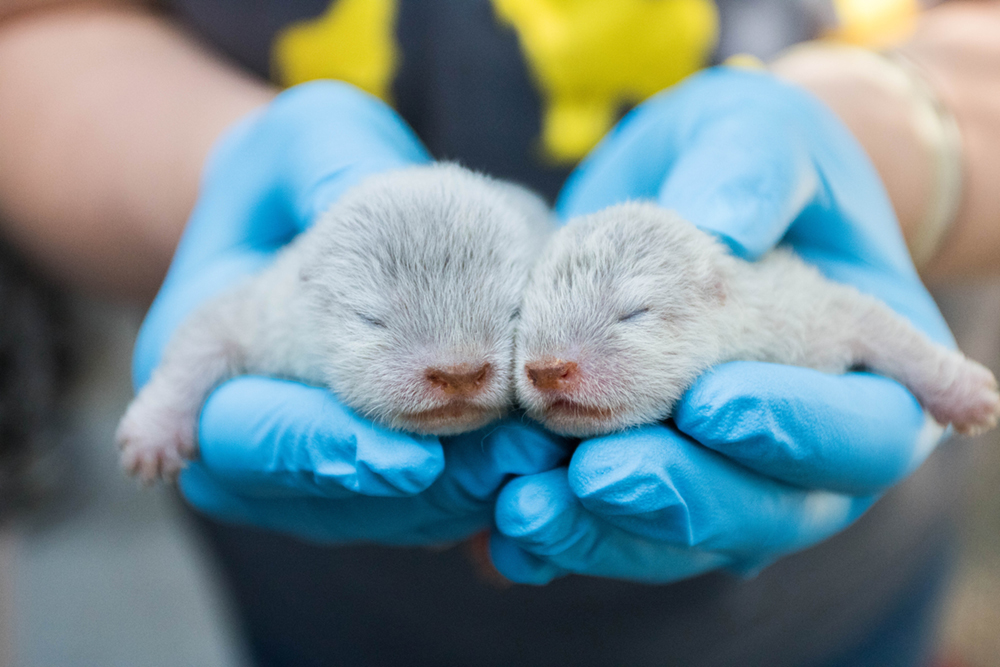Thomas Fire Leapfrogs Matilija Fire of 1932 to Become Largest Fire in Ventura County History
/UPDATE: The Thomas Fire was fully contained on January 12, 2018, having burned 281,893 acres (roughly 440 square miles). The fire destroyed 1,063 structures and damaged 280 others.
In August 2018, the Thomas Fire was surpassed by the Ranch Fire - part of the Mendocino Complex Fire - the combination of the River Fire and Ranch Fire - that burned in Mendocino, Lake, Colusa and Glenn counties. The Ranch Fire alone burned 410,203 acres. The combined fire burned 459,123 acres.
View of the smoke plume coming from the Thomas Fire, as seen from the hills of the Conejo Valley today, Sunday, December 10th (Photo Credit: L. David Irete).
Authorities reported tonight that the Thomas Fire has now grown to over 230,000 acres burned, making it the largest ever recorded wildfire in Ventura County history and the 5th largest ever in California. It would appear that within the next day or two, the Thomas Fire will surpass the 2007 Zaca Fire in Santa Barbara County and Rim Fire in Tuolumne County to became the 3rd largest fire in California history.
The fire, which was first reported in Santa Paula last Monday, December 4th, at 6:36PM, actually dropped from 15% to 10% containment today, as it rages into Santa Barbara County.
The fire has destroyed 790 structures and damaged an additional 191 to date. As of Sunday night, December 10th, 18,000 structures are threatened.
For Ventura County Thomas Fire updates, visit readyventuracounty.org. Mandatory evacuation orders have been lifted in a number of areas, but continue in specific locations in Ventura, the entire community of Casitas Springs, Ojai and other areas. The Ready Ventura County site also has information about where to obtain N95 masks in Santa Paula, Ventura, Ojai and Oxnard. What does N95 mean? The respirator will block at least 95% of small particles.
NEW: The Ventura County Recovers website has been established at venturacountyrecovers.org as a resource for those impacted by the fire.
Santa Barbara County is now under greater risk from the fire and mandatory evacuations orders have been issued in areas stretching from the Ventura/Santa Barbara County line to Goleta. Visit www.countyofsb.org/thomasfire.sbc for details.








